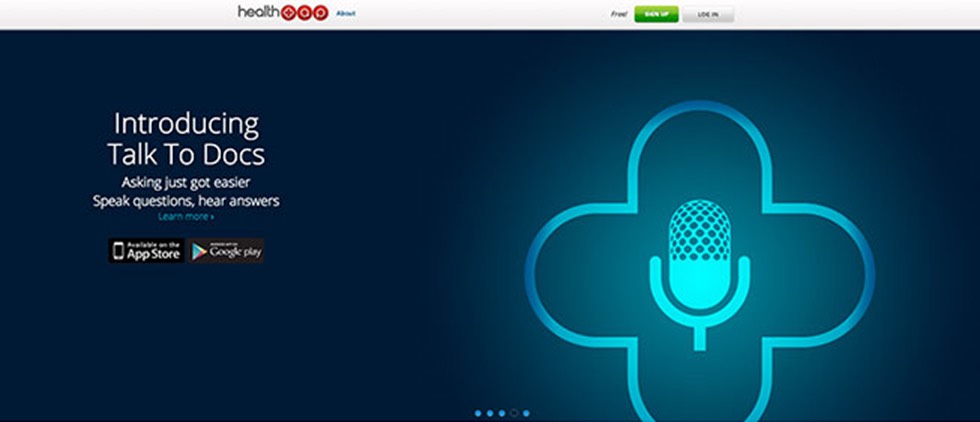Social: An Advanced Marketing Opportunity for the Healthcare Industry

As we have seen in the retail/consumer and financial services industries, social media is revolutionizing the way people interact with brands – which directly impacts how consumers and customers receive information and make decisions. One industry – healthcare – has been a bit slower to respond to this new kind of engagement opportunity, but it’s catching up quickly.
Historically, the sharing of healthcare information among patients has always been “social,” as this CNN article points out. For example, word-of-mouth recommendations on doctors and facilities are nothing new, but now people are doing it online. Same goes for people comparing ailments and symptoms and trying to diagnose what could be wrong. It’s now easier than ever for someone suffering from a certain kind of pain to be able to find others who experience the pain, too – and to figure out what the pain could mean.
As many doctors will tell you, however, this easy access to information might not be such a good thing: the information could very easily be incorrect, which can also mean it might be very harmful to the person receiving it and acting upon it. In an effort to combat some potentially dangerous outcomes, there has been an uptick in the number of doctor-to-patient networks found online. Examples of these include HealthTap, DoctorSpring and ShareCare. Instead of asking someone who might not know anything factual about an ailment, people can ask an actual doctor without leaving their homes.
Again, however, most medical professionals will agree that this is still not the best or safest way to receive medical care. So what are practices, specialty clinics and hospitals to do? How do they get people off their computers and into their facilities? Perhaps more importantly: how are they ensuring that their facilities and doctors are top-of-mind as destinations and resources when patients need medical care (in an emergency or otherwise)?
Increasingly, they’re getting social. They recognize that people are more and more frequently beginning their hunt for medical information online – so online is where they need to be. Hospitals, private practices and expert doctors alike now have blogs, Facebook pages, Twitter accounts, YouTube channels, etc. (To see what some organizations are doing, check out the Mayo Clinic’s Health Care Social Media List, a compilation of “health-related organizations actively using social networking sites and maintaining officially sponsored accounts.”) The goal for these professionals is not to diagnose or solve problems over the computer: it is to educate patients about their facilities, their doctors, their services – in other words, they’re helping patients learn how to get the right care. They’re becoming trusted advisers, expert voices, first-choice resources. In essence, social is an increasingly popular (and efficient!) marketing tool for healthcare.
Stay tuned for future posts on some best practices medical professionals and organizations should employ in their social media efforts, from positioning and branding to content strategy and engagement!






